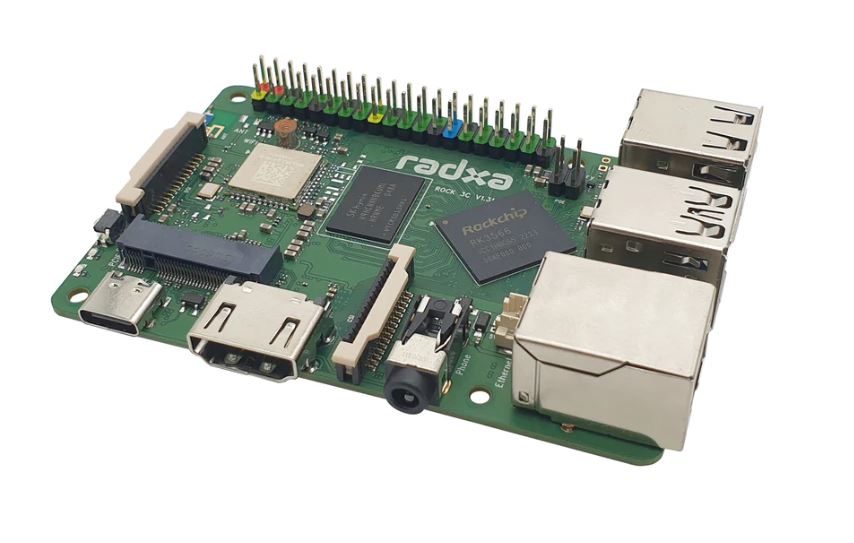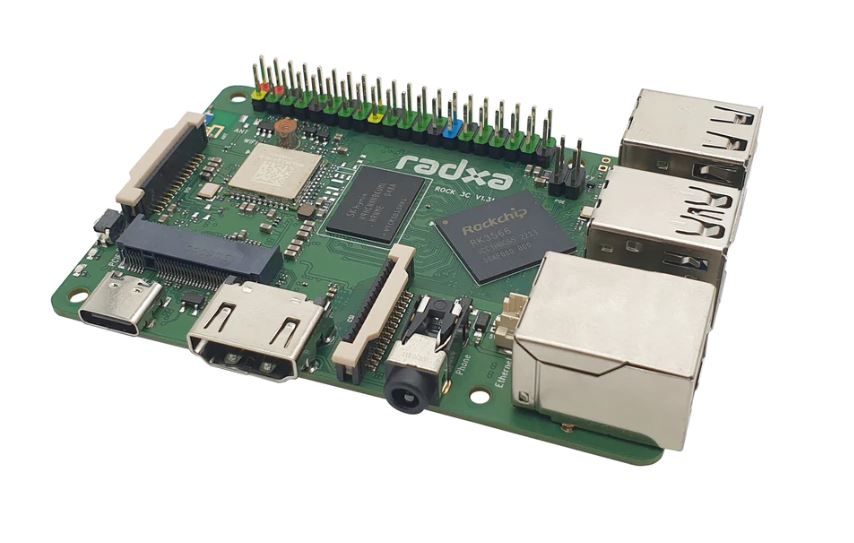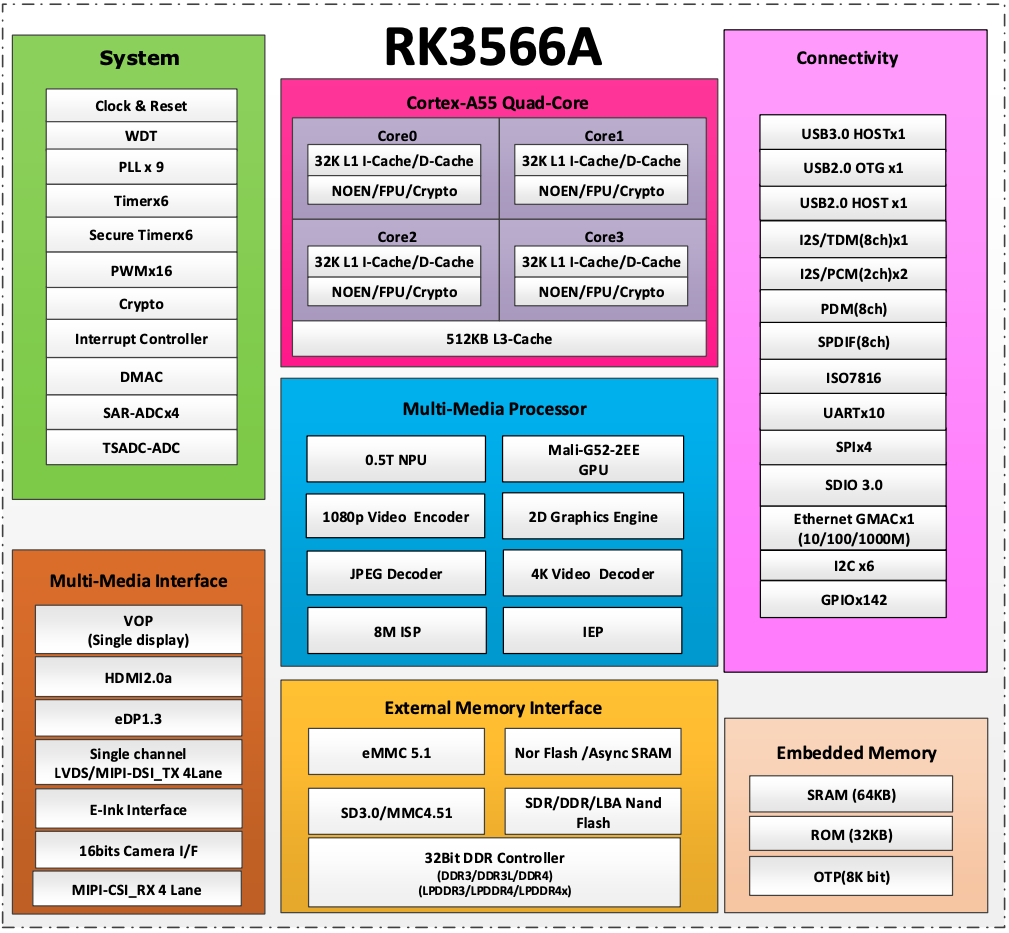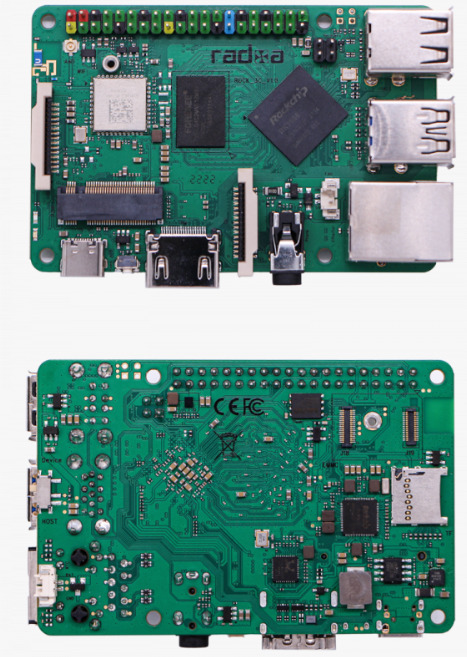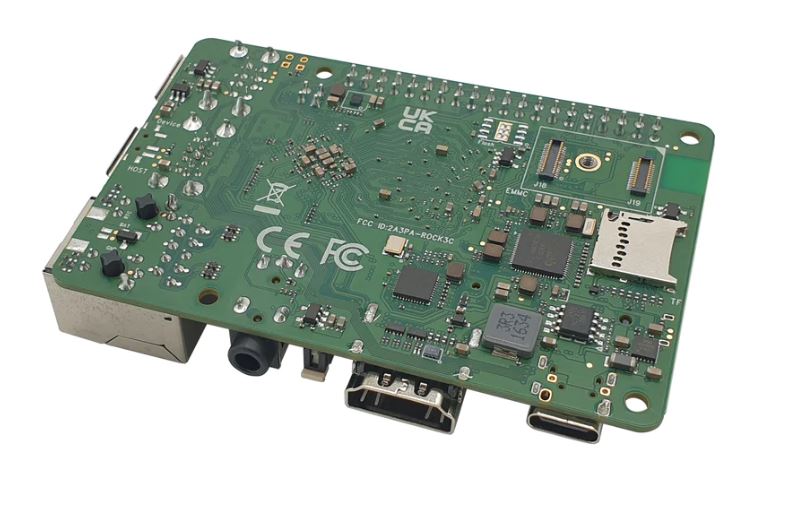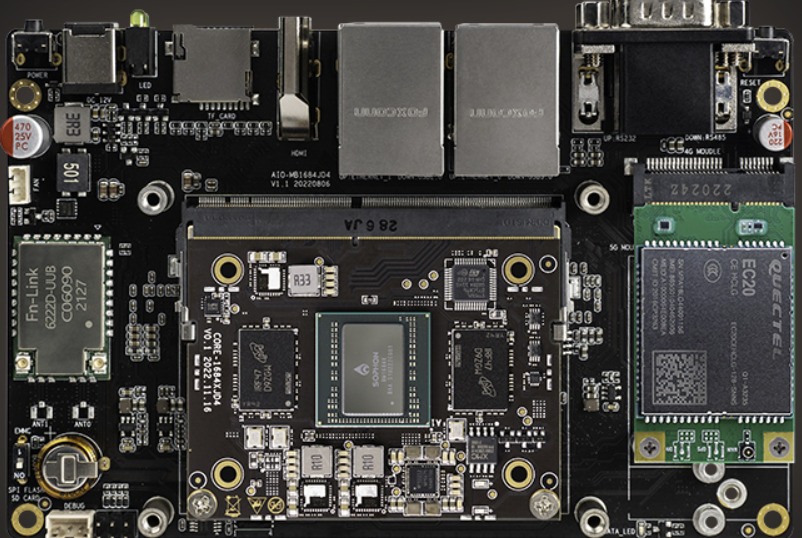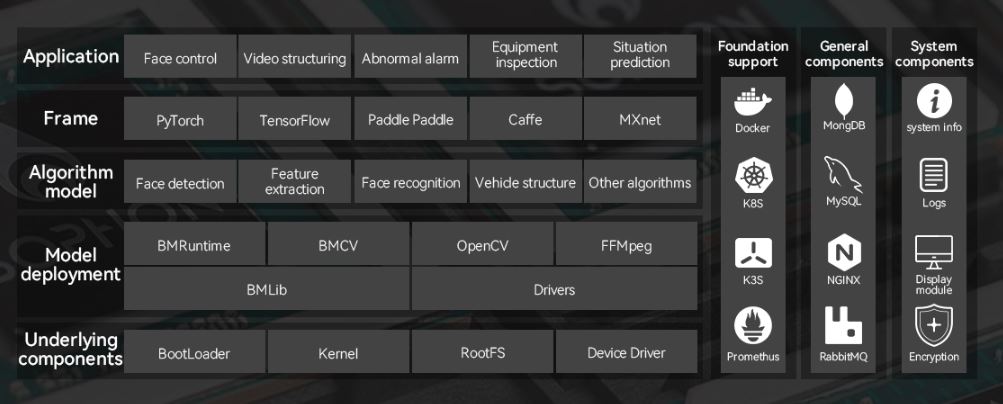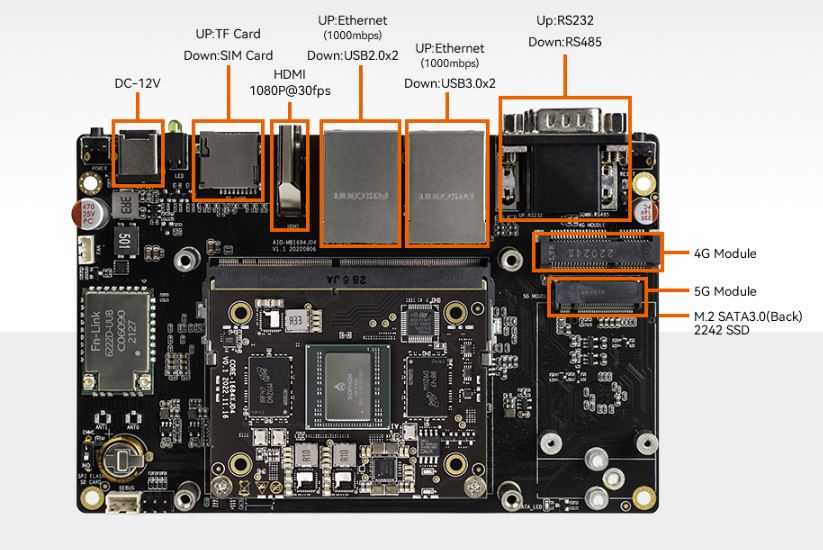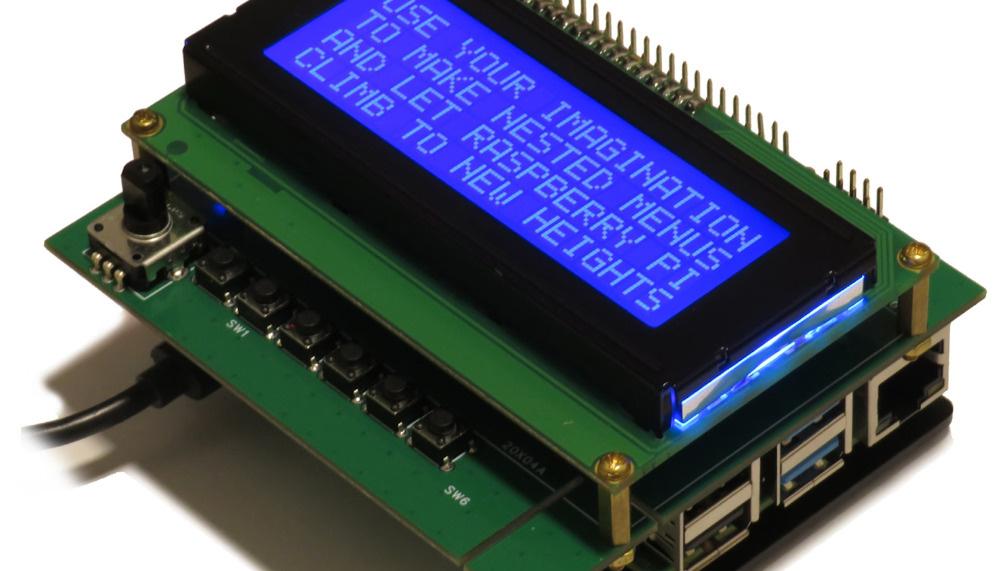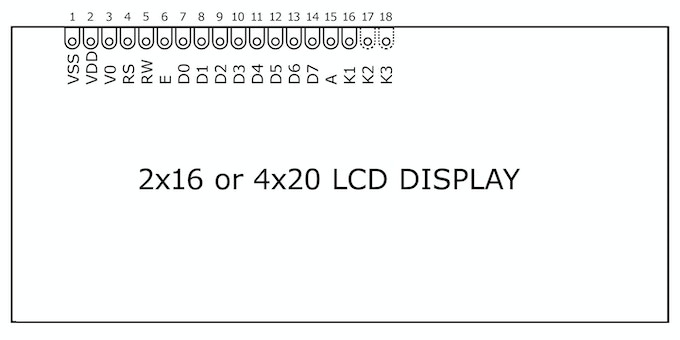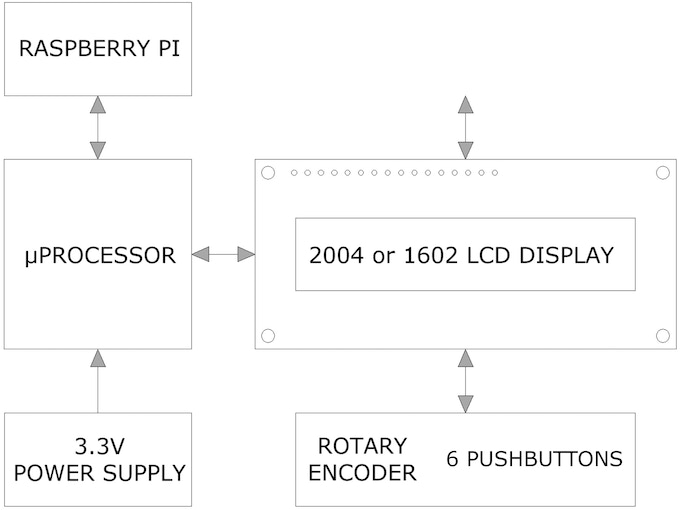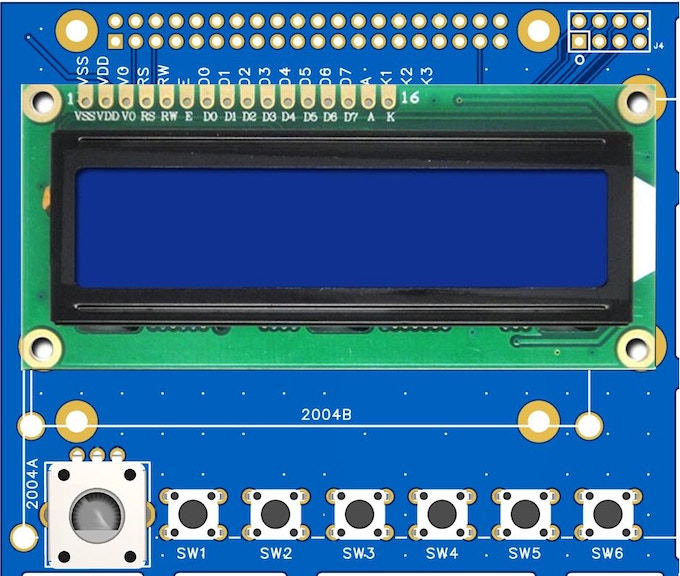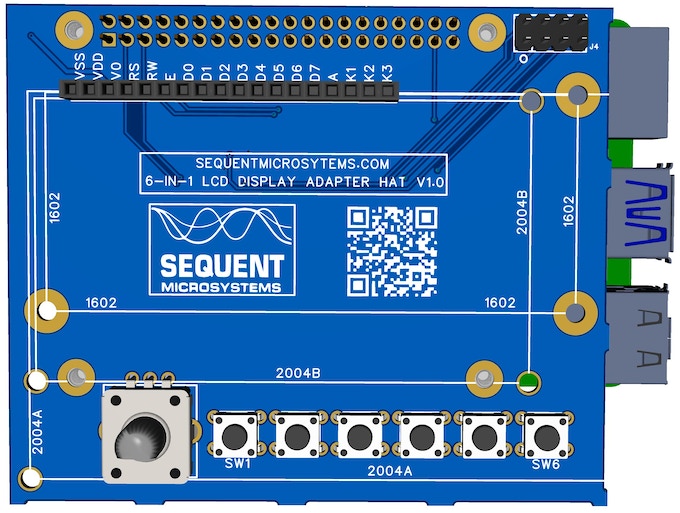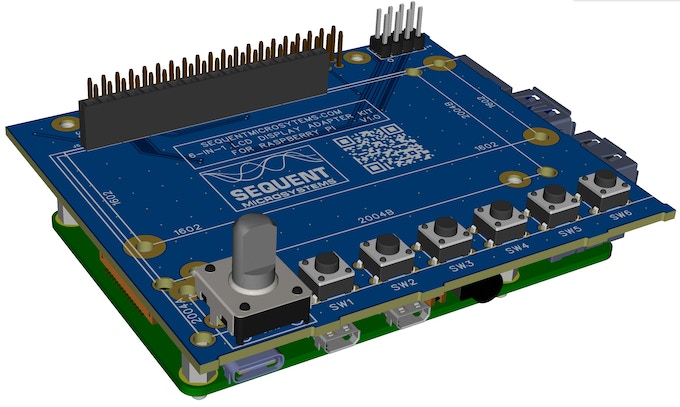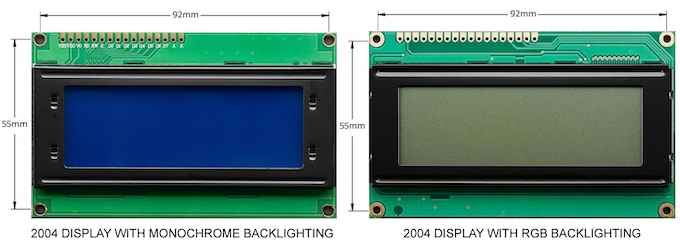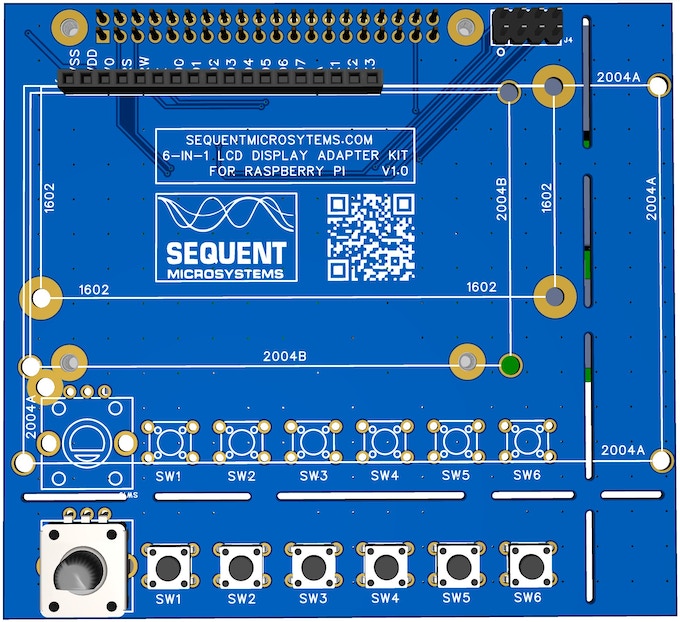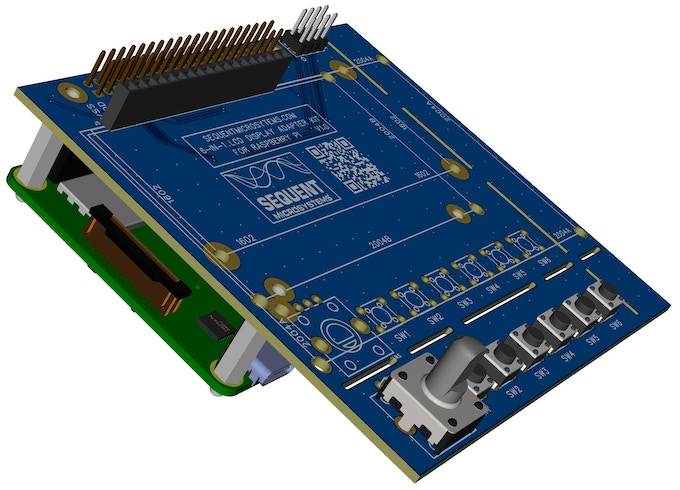
iWave Systems announced an upcoming iW-RainboW-G53M: RZ/G2UL, RZ/A3UL, RZ/Five based System on Module (SOM) built on OSM v1.1 Size-M specification at the Embedded World 2023 trade fair. The module delivers sophisticated features and enhanced performance for IoT endpoint devices while reducing overall costs.
RZ/G2UL, RZ/A3UL, and RZ/Five MPUs are available with the same pin package enhancing the compatibility of the SOM architecture. Using the same pin package assignment and peripheral functions across different MPUs, the SOM lets the customer choose either the Cortex-A55 core to target Linux-based HMI applications or the RISC-V AX45MP core, depending on their needs.
The same board design can be adapted to develop new products simply by replacing the chip. In addition, this compatibility enables an engineer to easily transition the development platform from RTOS to Linux-based products, enabling efficient product development across multiple platforms.

The main features of RZ/G2UL, RZ/A3UL, RZ/FIVE-based System on Module are as follows,
- Compatible with RZ/G2UL or RZ/A3UL or RZ/FIVE MPU
- Supports Cortex-A55 cores (RZ/G2UL & RZ/A3UL)
- Supports Cortex-M33 core for RTOS (In RZ/G2UL)
- RISC-V Andes AX45MP @1.0GHz (FIVE)
- 2x RGMII, 2x USB 2.0
- 1x MIPI CSI, 1x RGB (not available on RZ/Five)
- 2GB DDR4 RAM
- OSM Size-M LGA Module
ARM Cortex-A55 core leverages AI performance and Cortex-M33 Core supports real-time processing. Incorporating video codec unit along with interfaces like camera input, display, USB, CAN, and Gigabit Ethernet, this system provides a cost-effective solution and sophisticated functionality in industrial HMIs, industrial equipment, and embedded devices with GUI & Video capabilities.
RZ/G2UL System on Module is a low end, energy and cost-efficient platform designed for entry class embedded applications. RZ/A3UL MPUs utilize the superior real-time performance of RTOS to achieve high performance. Whereas RISC-V processor-based SOM is optimized to provide performance and peripheral functions required for IoT endpoint devices. Additionally, RZ/FIVE processor features the Andes AX45MP CPU, which operates at a maximum frequency of 1GHz. AX45MP is a good replacement for high-performance application processors for heavy-duty applications such as AR/VR, AI/ML, 5G, and video/image processing.
The SOM is built on a 30mm x 45mm OSM Size-M standard, and has a low power consumption, making it suitable for use in compact and energy-efficient systems. Designed to enable direct soldering to carrier cards, the SOM provides high levels of robustness and is ideal for products prone to vibration. With an operating temperature range of -40°C to 85°C, this SOM is suitable for use in a wide range of industrial applications where temperature fluctuations can be a concern.
“IoT gateways must have high computational capabilities to provide real-time insights,” said Ahmed Shameem M H, Hardware Project Manager at iWave Systems. “Integrating the powerful 64-bit Arm technology in the new OSM standard can help build rugged and compact products with better performance and reliability. Furthermore, the SOM’s compatibility with the ARM A55 and RISC-V architectures broadens customer choices and increases product development freedom.”
RZ/G2UL, RZ/A3UL, RZ/Five SOM is mounted on a carrier board as a Single Board Computer (SBC), which can also be used as an evaluation kit. This feature-rich multimedia insert-ready SBC is available in Pico-ITX form factor, and is a great candidate for many IoT and embedded applications.

RZ/G2UL, RZ/A3UL, RZ/Five Single Board Computer Features:
- Arm Cortex-A55 @1.0GHz
- 2GB DDR4 (Optional), 16GB eMMC (Expandable), Octa SPI Flash (Optional)
- Micro SD Slot, M.2 Connector Key B (USB 2.0, Nano SIM Connector)
- Gigabit Ethernet x2, USB 2.0 OTG, USB 2.0 Header
- RS232, CAN, Debug UART, RTC Battery
- MIPI Connector
- Expansion – UART x2, SPI x1, ADC x2 (Optional)
- 12V DC, -40°C to +85°C Industrial
- 100 mm x 72 mm (Pico ITX)
- Linux or RTOS OS support
The System on Module and Single Board Computer are go-to-market and production ready complete with documentation, software drivers, and a board support package. iWave maintains a product longevity program that ensures that modules availability for long periods of time (10+ years).
More information on Renesas OSM System on Modules can be found here.


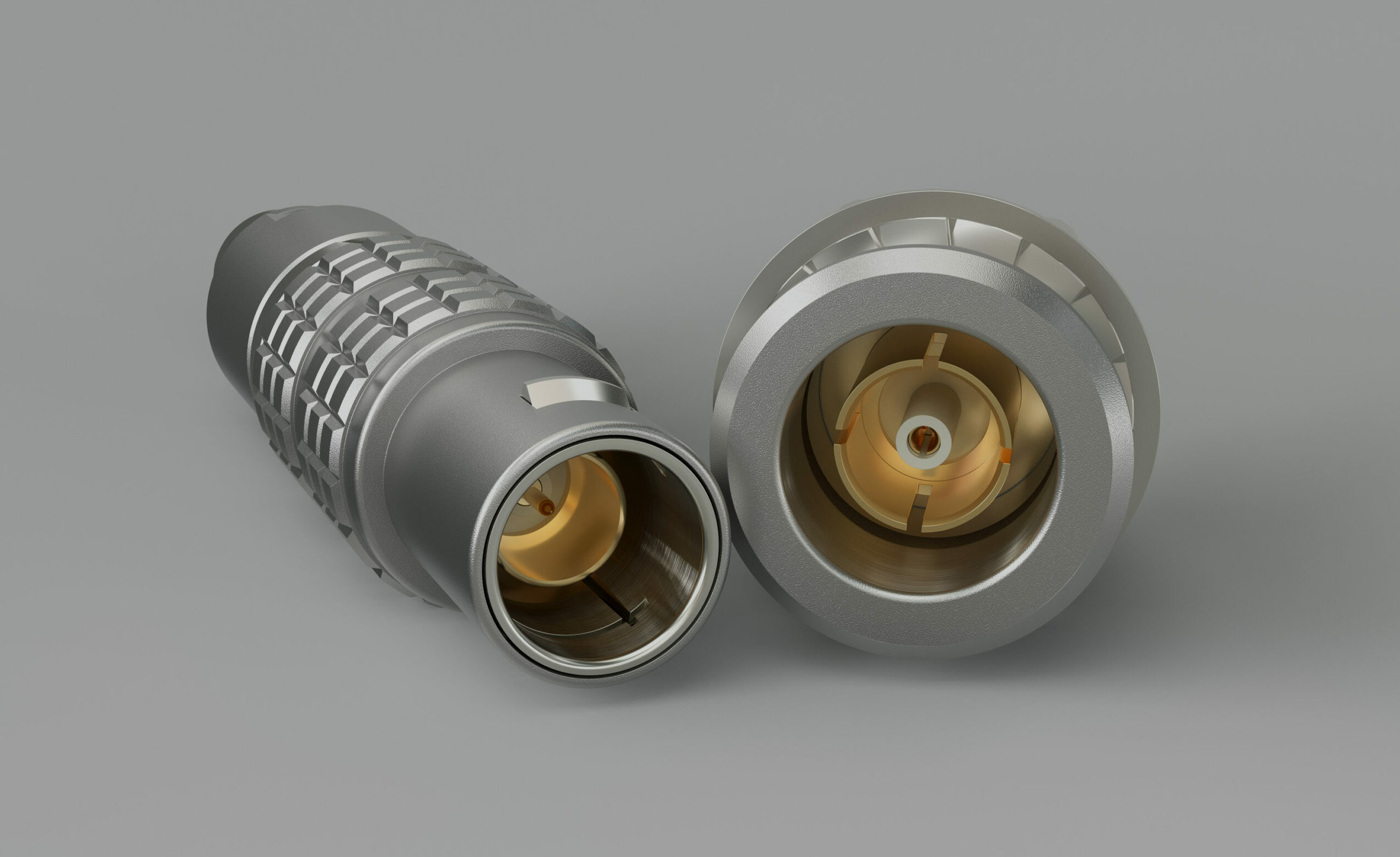
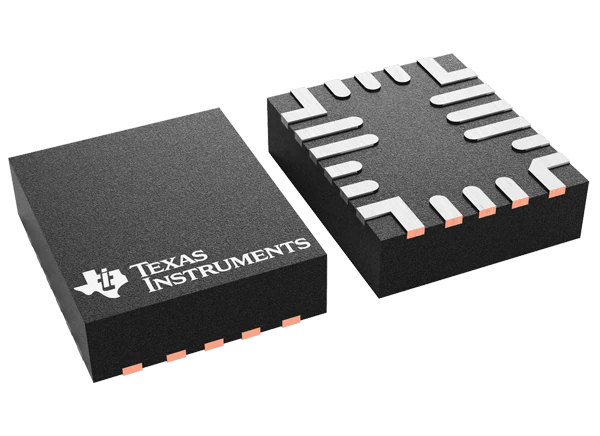
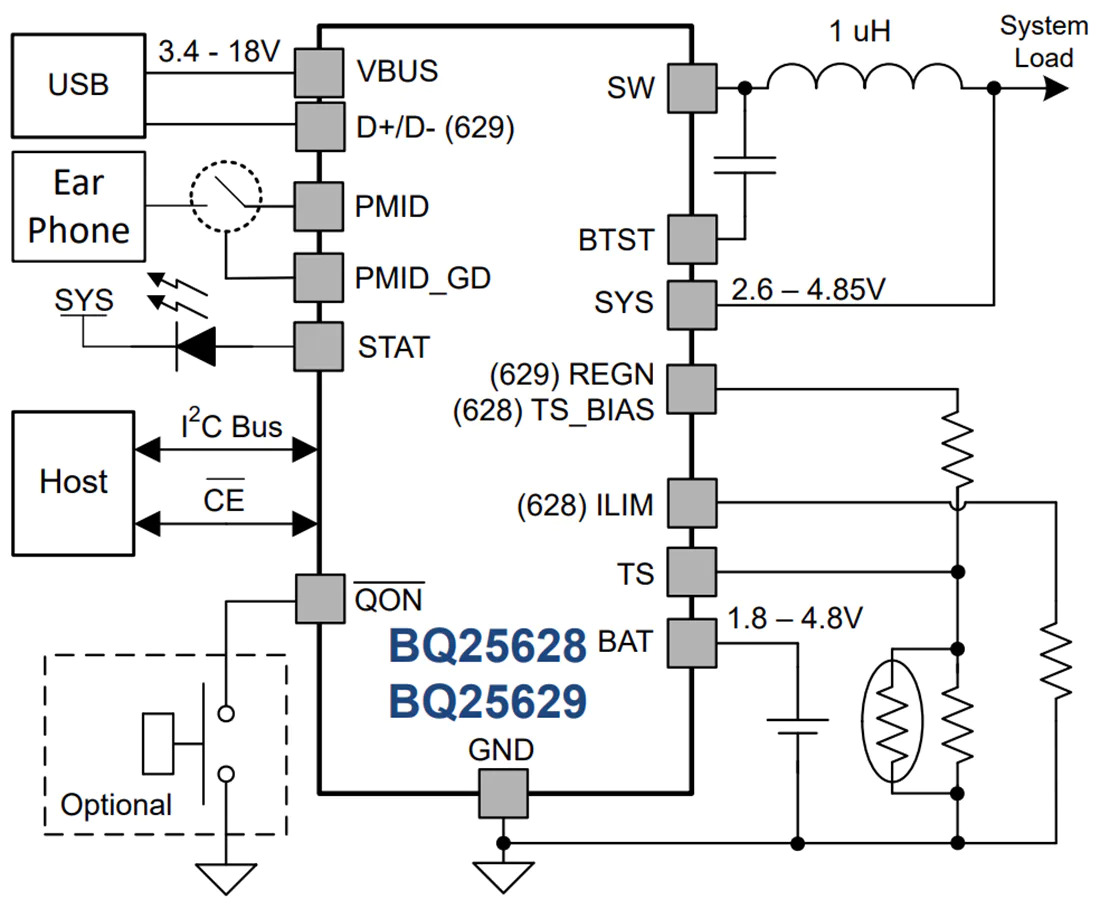
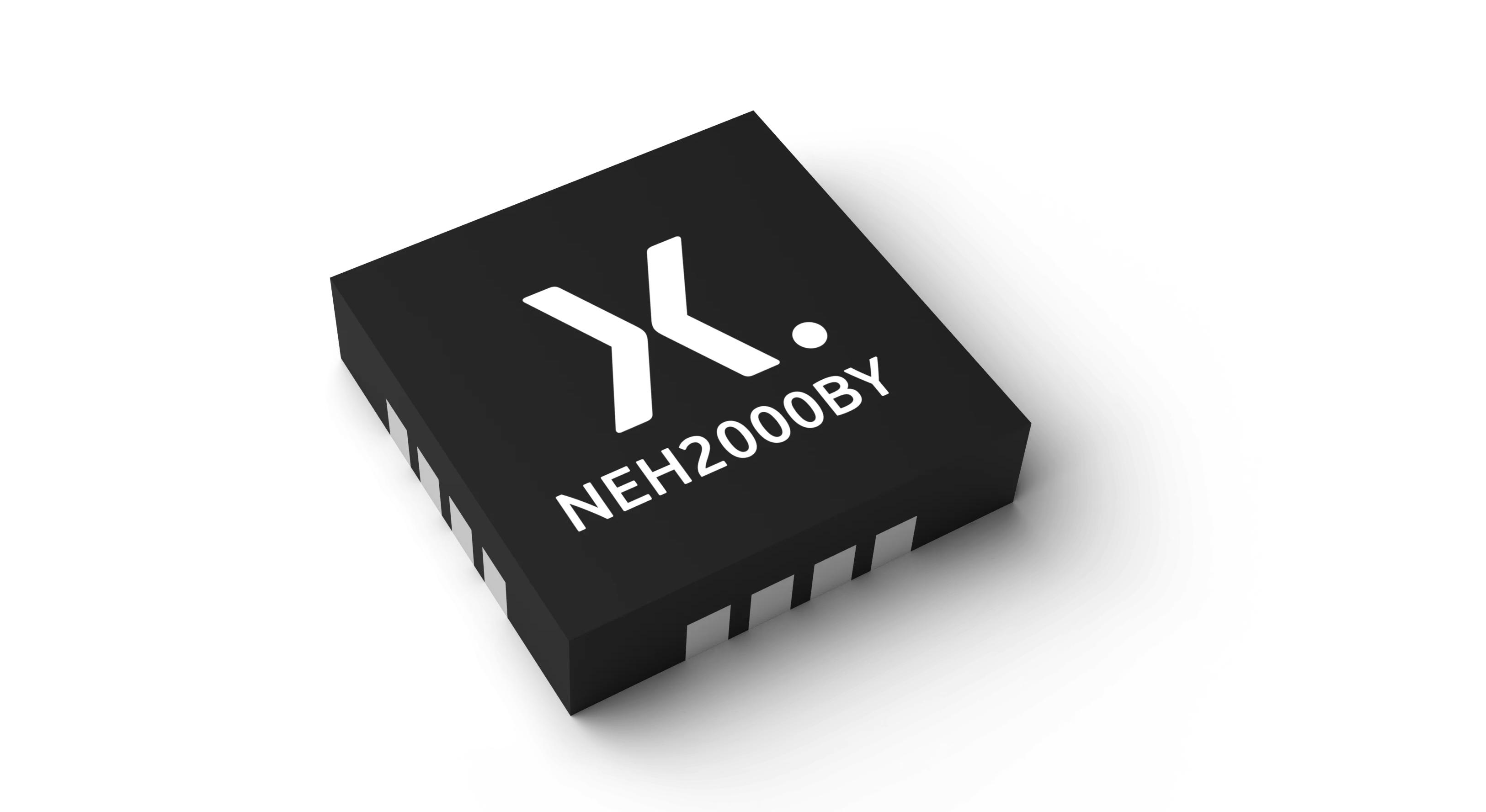
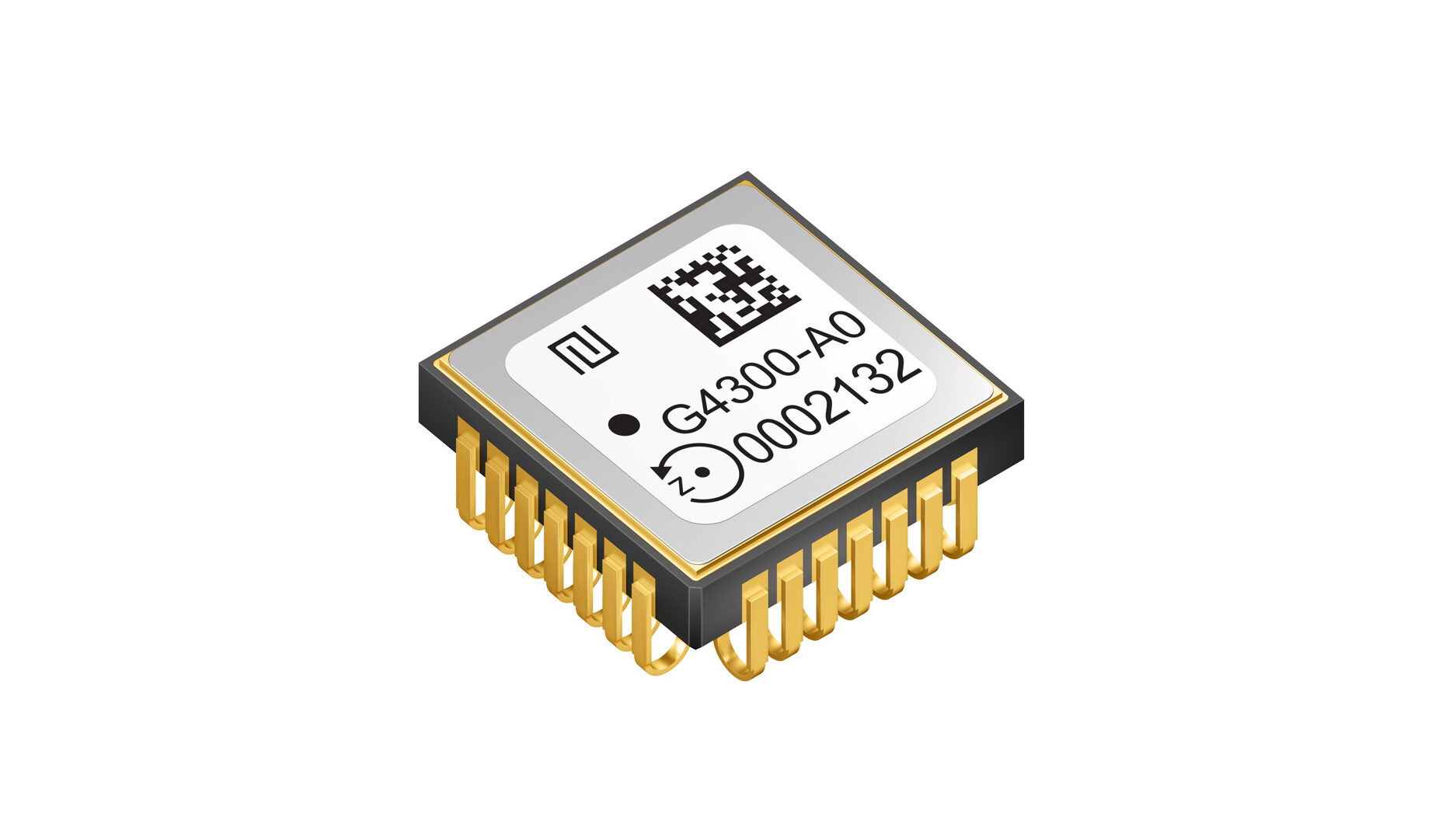
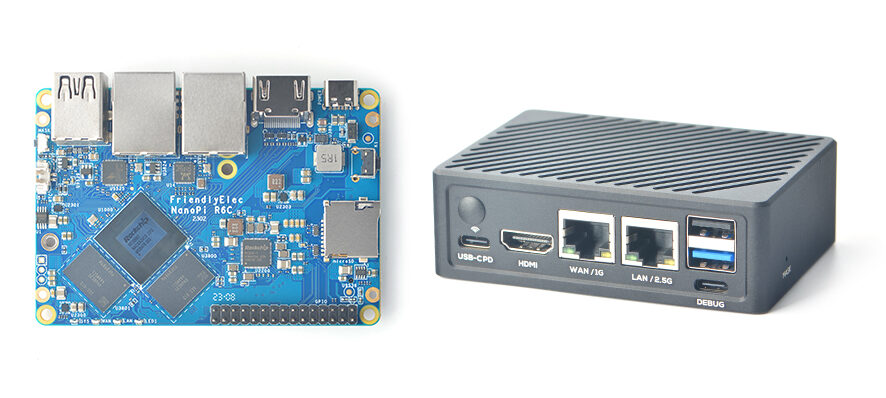
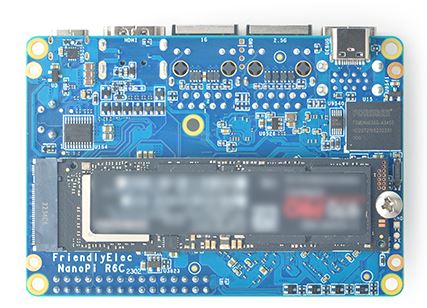
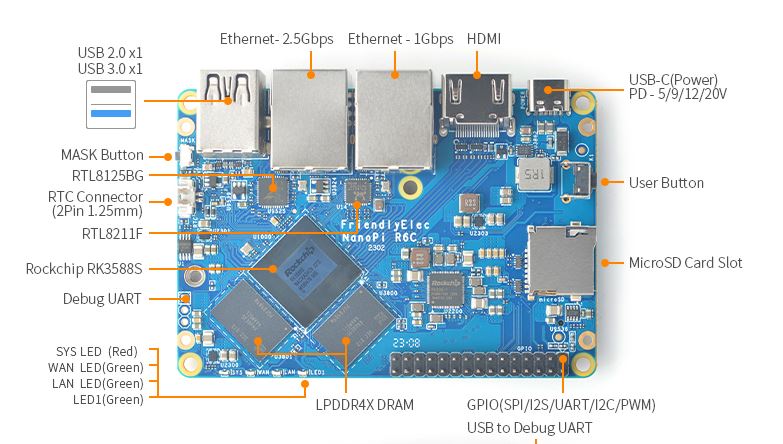
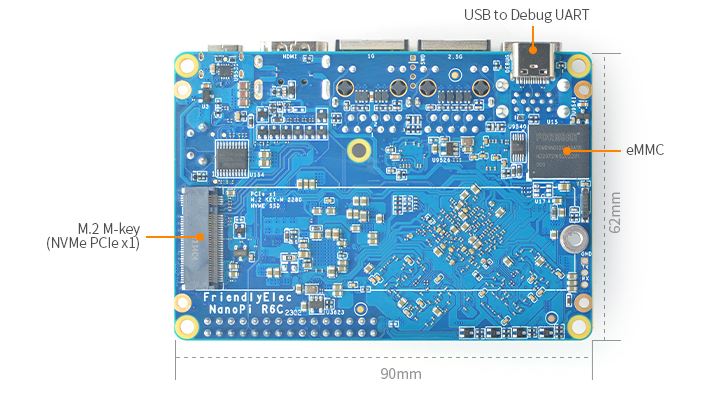
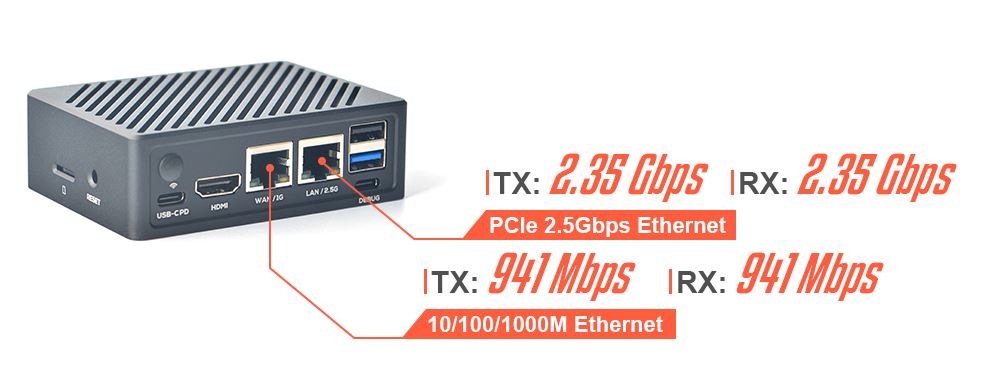 Applications
Applications